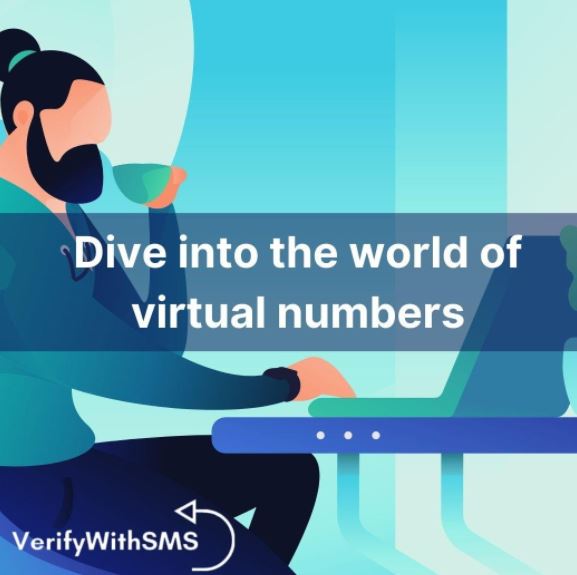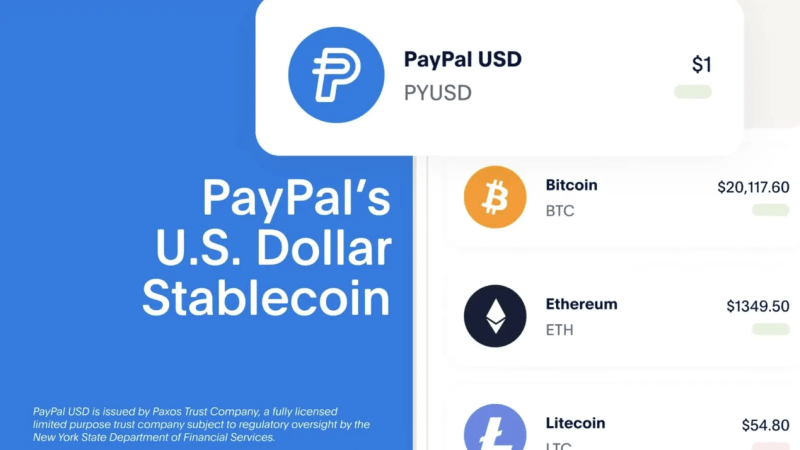What is VoIP? A guide for virtual numbers in 2021

Have you ever been in an audio or video call via Skype or WhatsApp? Have you heard about how you can get virtual numbers with Google Voice? If so, then you may wonder how something like the internet does things that were traditionally done with good old regular landline phones. The secret behind one of the most powerful features of the internet is the Voice over Internet Protocol or VoIP for short.
Table of Contents
What is VoIP?
The internet is a very big network of computers that are interconnected. Each one of these computers knows how to send information to the web thanks to the IP or Internet Protocol. Your IP address is the unique identifier that locates you on the internet. Think of it as your home address.
VoIP is a set of technologies that are used to make phone calls using the internet. Ooma: VoIP phone system is a set of technologies that are used to make phone calls using the internet. It takes advantage of the IP to communicate with others in a way that resembles how cellphones do. Regular phones use analog signals that must be transported over a long distance. This is done with landlines made out of copper wires. The problem is that building such an infrastructure is difficult and expensive.
On the other hand, the internet works by connecting your device with your internet service provider, which then acts as a router and directs you to the rest of the world. If you have a virtual number, you can call others using this connection. Some services even allow you to communicate with traditional phones.
The internet has bought a lot of new tools for everyone. Starting a business, communicating with others, delivering information, education and entertainment are some of the things that have never been easier to do. Because of this, there’s been a tendency to convert all of our tools into the internet of things. So, how well is telephony doing in this regard?
The advantages of VoIP
While the modernization and the enormous expansion of the internet is something that you may have noticed only recently, the entire web has been evolving since its conception in the early seventies. In its earlier stages, virtual telephony had many problems that were just part of the limitations of computers. Amongst these problems were the size of audio compared to text, internet speed, and audio quality.
These problems are largely irrelevant today. The quality of audio and video calls is sometimes better than on traditional phones, connection speeds are fast enough to handle the large quantities of data sent, and computers have the power to handle all of that information.
One of the main reasons VoIP has gained such a large momentum in recent years is because it’s a great way to reduce costs for companies, especially those that rely a lot on telephone services. With virtual telephony, communication methods like voice calls, video calls, mails, voice mail, and faxes can be modularized into a single network, making their upkeep much simpler.
Also Read: What Makes Virtual Meetings Ineffective
Should you use a virtual number?
While virtual numbers do have a huge amount of pros, you should also be aware of some of the cons:
- Incompatibility with older devices – older phones may not be compatible with the technology, so you may have to upgrade.
- Requires a decent internet connection – If you happen to have a slow internet connection, then audio and video calls may not have the quality that you expect.
- Difficulties calling 911 – because of the nature of virtual numbers, it’s difficult to tell where a call is coming from. In the case you need to contact emergency services, you may not be able to communicate with the nearest call center.
That said, virtual numbers are a very versatile tool to add to your arsenal. There are many use cases where you may want to use the internet to communicate. For example, consider the difference between VoIP and Non-Fixed, or Non-VoIP numbers. If you want to get a virtual number tied to a physical location, then get a regular VoIP number. If you need a number from another country for authentication, you should get a Non-VoIP number from an SMS verification service. These numbers can come from anywhere in the world.
One problem of getting started with this sort of technology is finding the right provider. If you want a great solution, we suggest you VerifyWithSMS, it offers the best virtual numbers to be verified on the most popular websites. These come from the most important carriers in the US, like Verizon and AT&T.
Choose VerifyWithSMS as your Non-VoIP provider and dive into the world of virtual telephony. Chances are you’ll be amazed by the results.






